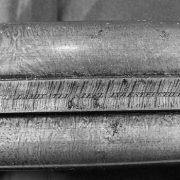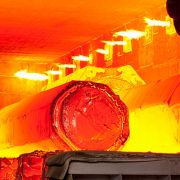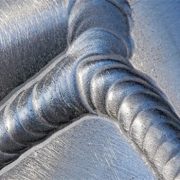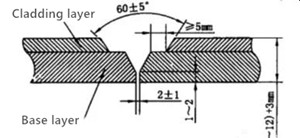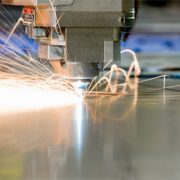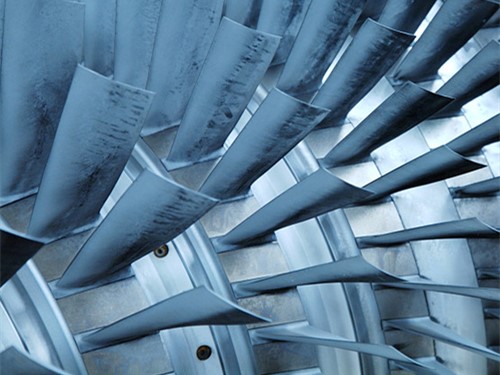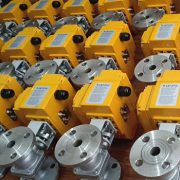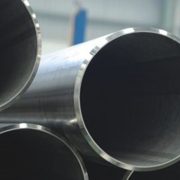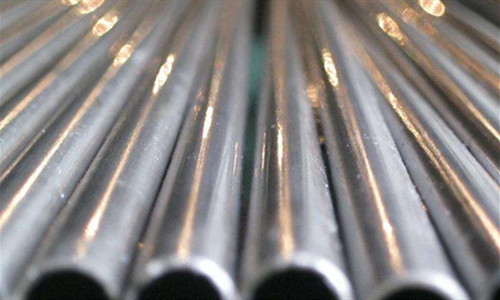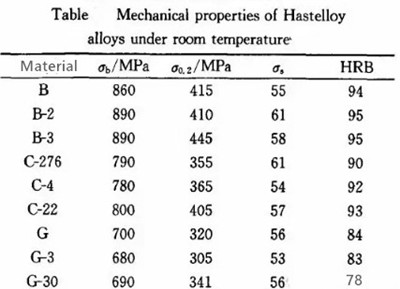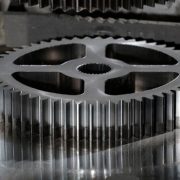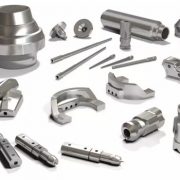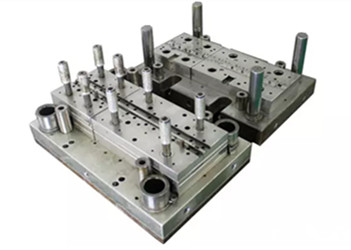What is the effect of vanadium in steel?
Vanadium is a common rare metal used to refine grain size, improve the strength, toughness and plasticity of steel, and improve the service performance of vanadium steel products. Steel contains a certain amount of carbon and nitrogen, which can be precipitated with vanadium in the form of carbide, nitride, or carbonitride in the steel, affecting the microstructure evolution. Vanadium content in steel is generally no more than 0.5% (except high-speed tool steel), which is widely used in alloy structural steel, spring steel, bearing steel, alloy tool steel, high-speed tool steel, heat resistant steel, hydrogen resistant steel and low-temperature steel.
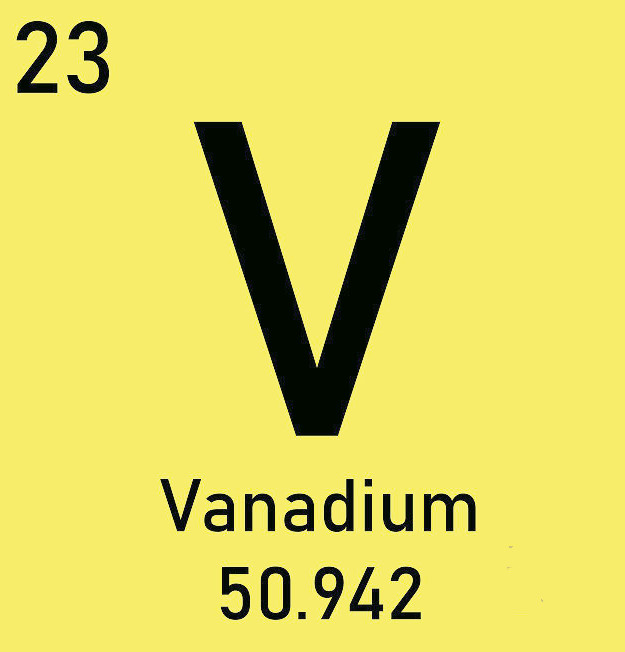
The features of Vanadium in steel
(1) Refine the structure and grain size of the steel, improve the grain coarsening temperature, thereby reducing the sensitivity of overheating and improving the strength and toughness of the steel.
(2) When dissolved into austenite at high temperature, the hardenability of steel can be increased; In contrast, the presence of carbides will reduce the hardenability of steel.
(3) Increase the hardenability and tempering stability of hardened steel, refine grain and produce secondary hardening effect.
(4) The solid solubility of vanadium carbide and vanadium nitride in austenite is high, so it is not easy to produce the crack caused by precipitation. At high temperature, the tendency of cracks in steel billet during solidification is small.
(5) The low precipitation temperature of carbon/vanadium nitride, leading the low drag force of solid solution migration in grain boundary in austenite, which is favorable for austenite recrystallization and crystallization controlled rolling. Uniform recrystallized grains can be obtained over a wide temperature range. Compared with other microalloy steel and alloy steel, vanadium steel has less rolling resistance, which is roughly equivalent to carbon manganese steel.
(6) Vanadium is precipitated and strengthened in Ferrite or Martensite, generally at 50MPa ~ 100MPa. The precipitation of vanadium can be promoted by increasing the nitrogen content in steel, and the precipitation strengthening effect can be obtained. The use of vanadium can be saved in the production of high strength hot rolled steel bar.
(7) The strong binding force between vanadium and nitrogen can form vanadium nitride, which is conducive to reducing the strain aging of steel, which is very important in the service process of steel bar that has experienced cold deformation.
(8) Vanadium addition in Martensitic steel can increase the tempering and softening properties of the steel, so that the steel can maintain the shape of Martensitic slab in the tempering process, or release vanadium carbide in the tempering process, resulting in secondary hardening effect.

